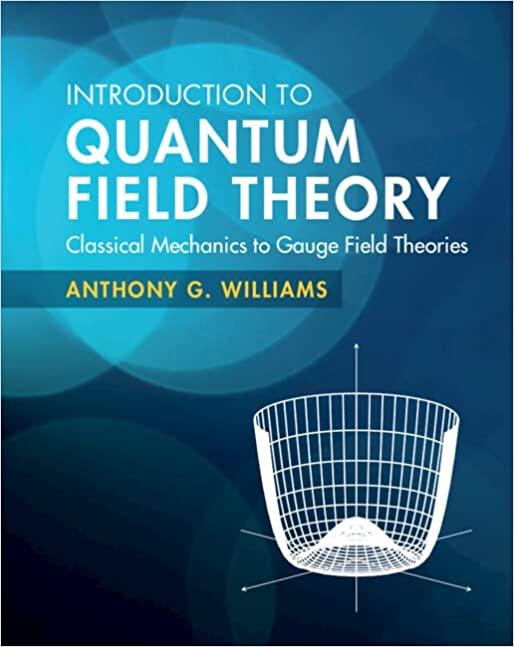Consider a Yukawa theory with the Lagrangian density [begin{equation*}mathcal{L}=frac{1}{2} partial_{mu} phi partial^{mu} phi-frac{1}{2} m^{2} phi^{2}+bar{psi}(i ot partial-M)
Question:
Consider a Yukawa theory with the Lagrangian density \[\begin{equation*}\mathcal{L}=\frac{1}{2} \partial_{\mu} \phi \partial^{\mu} \phi-\frac{1}{2} m^{2} \phi^{2}+\bar{\psi}(i ot \partial-M) \psi-g \bar{\psi}\left(1+i r \gamma^{5}\right) \phi \psi, \tag{7.6.113}\end{equation*}\]
where \(g, r \in \mathbb{R}, \phi\) is a scalar field and \(\psi\) is the field for fermion \(f\).
(a) Does this theory respect parity? Explain.
(b) Write down the Feynman rules for this theory.
(c) Calculate the tree-level invariant amplitude for \(f \bar{f} \rightarrow f \bar{f}\).
(d) Sketch but do not evaluate all distinct Feynman diagrams contributing to the invariant amplitude for \(\phi \phi \rightarrow \phi \phi\) at lowest nonvanishing order in \(g\).
Step by Step Answer:

Introduction To Quantum Field Theory Classical Mechanics To Gauge Field Theories
ISBN: 9781108470902
1st Edition
Authors: Anthony G. Williams





